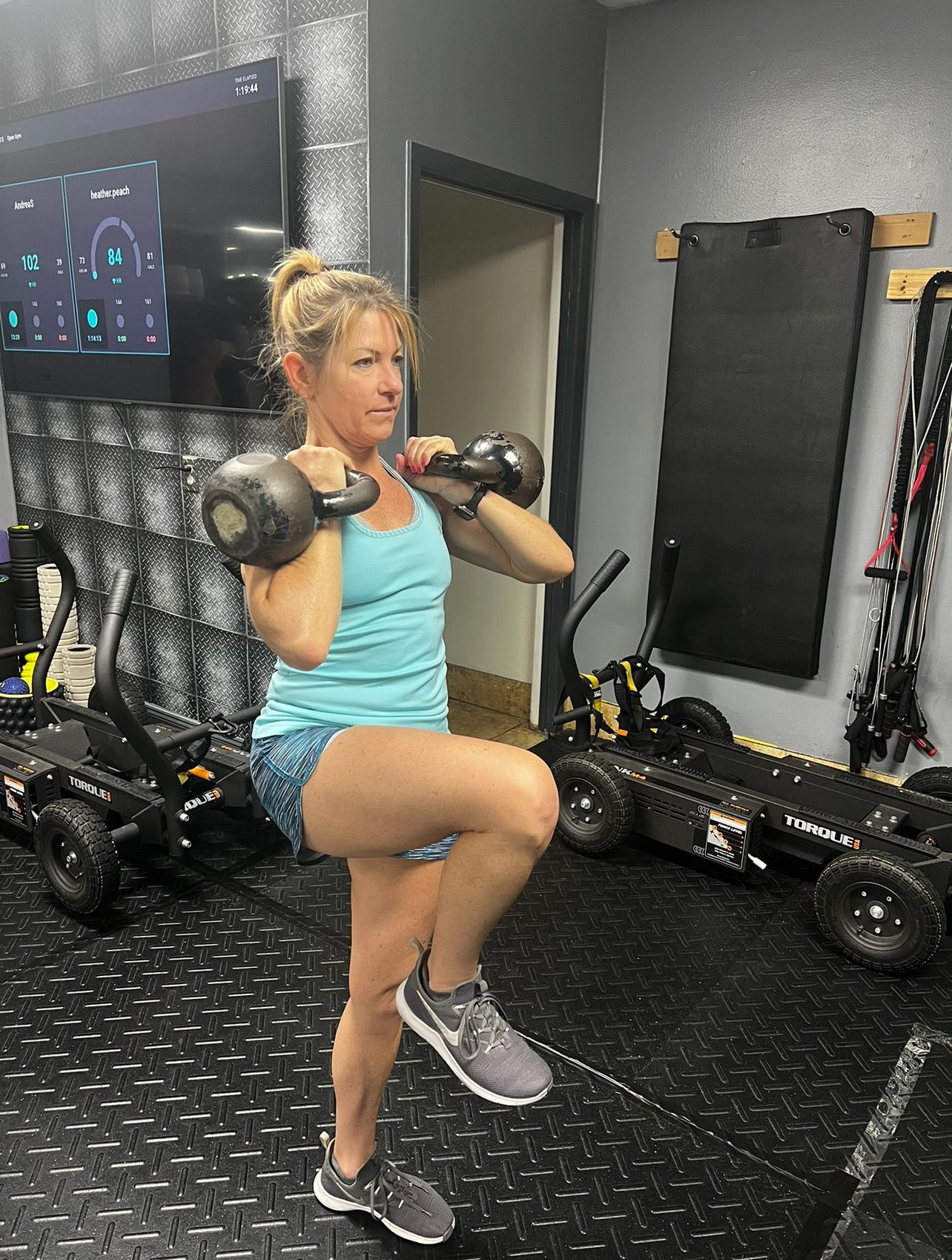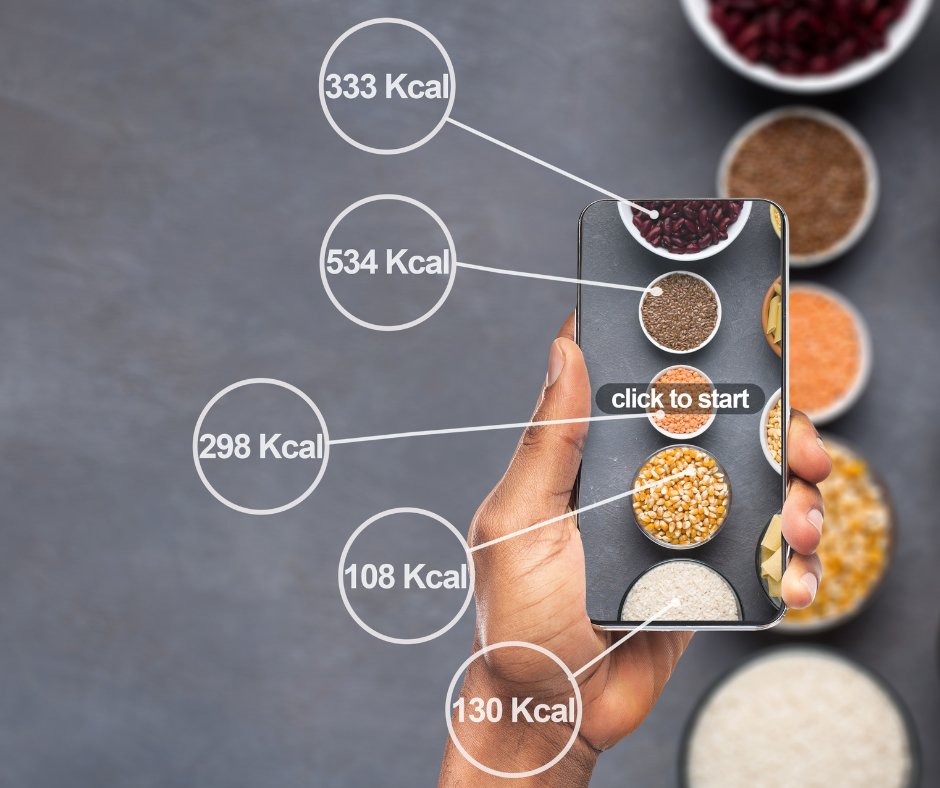Magnesium 101: What You Really Need To Know
Magnesium is one of those nutrients we don’t hear about too much, despite the fact that it’s one of the most abundant minerals in our bodies. Moreover, it’s the fourth most abundant mineral that we have! Here’s a little Magnesium 101…
So what role does magnesium play?
Do we really need to be consuming magnesium or taking supplements?
Let’s find out…
- Magnesium helps lower our stress levels. In fact, magnesium is often referred to as the “relaxation mineral.” Serotonin, which is a natural mood stabilizer found mostly in our digestive system, requires magnesium for its production. Therefore, it is recommended that we take magnesium to help manage our stress, anxiety, and mood disorders. In turn, a magnesium deficiency can affect our stress level and emotional state.
- Magnesium is used in hospitals and given to patients intravenously who are having heart palpitations – the magnesium helps slow down their heart rate.
- This vital mineral is necessary for numerous chemical reactions in our body, including making DNA.
- It helps maintain our brain function by relaying signals between our body and our brain. It prevents over stimulation of nerve cells, which could result in brain damage.
- Magnesium helps regulate muscle contractions – it is opposite to calcium to help our muscles relax. Magnesium is commonly recommended for treating muscle cramps.
- It has also been linked to helping reduce the risk of many diseases, including arthritis, heart disease, and diabetes. Several studies have shown that migraine headaches are associated with low levels of magnesium.
Note to Self: Magnesium is a heavy hitter!
Despite magnesium being so abundant in our body, many people don’t get enough of it.
Some studies say that up to 68% of adults don’t get enough magnesium in accordance with the recommended daily intake (RDI). Now that we’ve seen what Magnesium does, let’s talk Magnesium 101 for how much we need for optimal health.
So how much magnesium should we be consuming on a daily basis to keep our body functioning as it should?
Adult men should consume 420 mg/day, while adult women should consume 320 mg/day.
There could be consequences from consuming too much magnesium or not enough magnesium:
- Too much magnesium can cause various
symptoms, including diarrhea, nausea, vomiting, lethargy, and irregular
heartbeat.
Therefore, you might not want to take a supplement that contains magnesium if you are already getting enough magnesium through your food and other sources.
- A magnesium deficiency (called hypomagnesemia) could lead to various health conditions, including muscle twitches and cramps, osteoporosis, fatigue, high blood pressure, asthma, heart disease, and diabetes.
Now that we know the importance of magnesium, where do we find magnesium?
Good news! There are plenty of magnesium-rich natural food sources.
- Pumpkin seeds (check out the recipe below for making Creamy Pumpkin Seed Butter)
- Raw almonds and cashews (raw nuts are better than roasted nuts – roasted nuts lose magnesium during the roasting process)
- Dark chocolate
- Black beans, peas, and soybeans
- Green leafy vegetables (spinach)
- Whole grains (oat bran)
- Bananas
- Herbs (coriander, chives, dill, sage)
Magnesium can also be absorbed through the skin, so consider using a magnesium oil, or lotion that contains magnesium.
But, clearly the easiest (and yummiest) way of getting in your daily magnesium is to include plenty of food sources high in this multi-tasking mineral, such as creamy pumpkin seed butters!
Now that you’ve had a little Magnesium 101, here’s a great recipe for that pumpkin seed butter I was telling you about.
RECIPE:
Creamy Pumpkin Seed Butter
Ingredients:
2 cups raw pumpkin seeds
1-2 tsp. oil (grapeseed or olive)
Preparation:
- Preheat oven to 350 degrees.
- Spread the pumpkin seeds on a baking sheet.
- Bake for 10-12 minutes, until lightly golden.
- Cool for 15-20 minutes.
- Put the pumpkin seeds in a food processor.
- Run the food processor for approximately 4-5 minutes, until the pumpkin seeds begin to have the texture of butter. If necessary, stop the food processor and scrape the sides.
- Continue running the food processor for another 2-5 minutes until the pumpkin seeds have the texture of butter. Add some of the oil, as needed, until the desired consistency is obtained.
REFERENCES:
The post Magnesium 101: What You Really Need To Know appeared first on No Limits Fitness.
About No Limits
No Limits Fitness provides step-by-step programs to help busy adults get the body they’ve always wanted, without restrictive diets or time-consuming workouts, so they can lead more fulfilling lives. Life is a much better experience in a strong, healthy body!
Recent Posts



Luci
Doug
Tasha
No Limits Fitness helps busy professionals lose weight, get stronger and have more energy so they can lead the lives of their dreams...even if they've tried before and failed.
SERVICES
CONTACT INFORMATION
All Rights Reserved | No Limits Fitness | Privacy Policy

